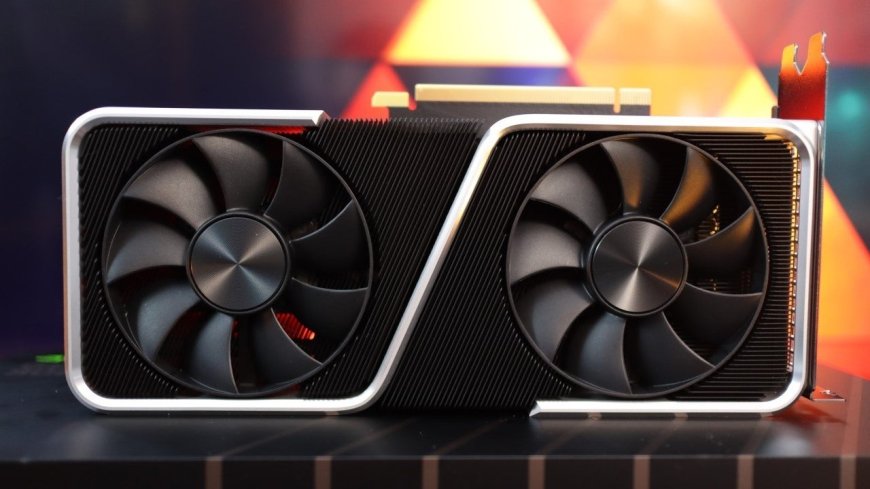Nvidia GeForce RTX 3060 8GB Review: A Questionable Choice
Nvidia's GeForce RTX 3060 8GB launch, coming soon after the "unlaunch" of the 12GB RTX 4080, highlights the company's confusing and often criticized product naming and release strategy. This move, resembling the previous DDR4 version of the GeForce GT 1030, raises questions about the value and performance differences between seemingly similar products.

Key Differences: RTX 3060 8GB vs. 12GB
At the core of the controversy is the significant performance gap between the 8GB and 12GB versions of the RTX 3060. Both models utilize the GA106 silicon, but the 8GB version suffers from reduced memory subsystem, smaller L2 cache, and a narrower memory bus, leading to a substantial reduction in bandwidth. The 8GB variant's bandwidth matches the RTX 3050, which is significantly lower than the original RTX 3060's 360 GB/s.
Also check Enermax Revolution D.F. X 1050W PSU Review: A Fusion of Power and Innovation
Performance Gap: Not Just About Memory Capacity
Testing reveals that the 8GB RTX 3060 is approximately 15% slower on average compared to the 12GB model, with differences sometimes exceeding 30%. This performance discrepancy is crucial for consumers, especially considering the minimal price difference between the two variants.
Pricing and Market Positioning: Consumer Confusion
Nvidia's pricing strategy adds to the confusion, as there's no official price reduction for the 8GB model, which still carries a $330 MSRP. Market prices show minimal difference between the two models, with the 8GB version occasionally priced higher than the 12GB model. This pricing approach risks misleading consumers into paying a premium for an inferior product.
Nvidia's Response: Offering "More Options"
Nvidia's official stance on releasing the 8GB version is to provide customers with more choices, stating that both 12GB and 8GB models will be available simultaneously. However, this explanation does not fully address the concerns about performance disparities and potential consumer confusion.
Implications for Consumers: Beware of the Trap
The introduction of the RTX 3060 8GB poses a risk for uninformed consumers who might assume that the RTX 3060 only comes with 8GB of VRAM, similar to the 3060 Ti. The lack of clear distinction in pricing and marketing could lead to buyers inadvertently purchasing a less powerful GPU at a price close to the more capable 12GB version.
Nvidia's Strategy: Clearing Inventory and Maximizing Profits
The launch of the RTX 3060 8GB appears to be part of Nvidia's strategy to clear out lower-end Ampere GPU inventory while maximizing profits. By offering a downgraded version of the GA106 silicon, they can sell these chips at a higher price point than if they were marketed as RTX 3050s.
Conclusion: A Cautious Approach for Buyers
The release of the Nvidia GeForce RTX 3060 8GB raises significant concerns about performance, pricing, and consumer awareness. Buyers should be cautious and well-informed when choosing between the 8GB and 12GB models, as the differences in performance are not negligible. As Nvidia continues to navigate its product lineup, consumers must stay vigilant to ensure they are getting the best value for their investment.


































